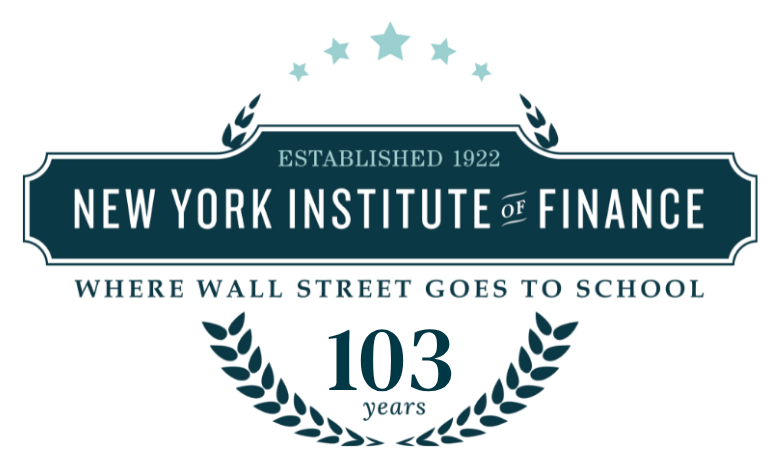Transatlantic splits push dollar higher
By Delphine Strauss and Stephen Foley in London and Michael Mackenzie in New York. This article originally appeared on the Financial Times website, FT.com on September 9th, 2014
Investors are chasing the US dollar to new highs against a broadening range of currencies, as markets adjust to the diverging outlook for the world’s major economies and the prospect of interest rate hikes by the Federal Reserve.
The dollar hit a six-year high of Y106.39 against the yen on Tuesday and climbed to its highest level in 14 months against a basket of currencies.
The dollar’s rally underlines the contrasting monetary policies on both sides of the Atlantic. The European Central Bank is expected to loosen policy further to combat the threat of deflation even as the Fed prepares to set out new details on how quickly it will raise rates.“We’re moving into a new phase. QE3 will no longer be around in a couple of months’ time and we’re moving towards the first rate hike,” said Stephen Jen, head of the hedge fund SLJMacro. “An undervalued dollar has a chance of finding its normal level … having been depressed by the Fed.”
The weakening economic outlook in the eurozone and Japan, combined with a new hint that Fed policy makers could change their guidance on interest rates, have shaken the $5tn-a-day foreign exchange market out of a period of record low volatility.
While the 6 per cent rise in the dollar index since early July has largely been a result of monetary easing by the ECB, the dollar has this week drawn its strength from developments in the US. Tuesday’s bounce came after the San Francisco regional Fed published research suggesting the market was underpricing the pace at which the Fed could raise interest rates once it began.
“The market has been very significantly lowballing the timing and speed of US tightening,” said Steve Englander, a strategist at Citigroup. “This is the first inkling that there may be a US story that is not as market-friendly as is now priced in.
Emerging markets currencies that are especially sensitive to US interest rates have fallen this week. The Turkish lira, South African rand and Mexican peso are among the worst performers.
Investors had already built up big trades against the euro and the yen in futures markets, betting that both the ECB and Bank of Japan could step up stimulus. Market expectations suggest the ECB will ease policy further in the coming months as it grapples with a stagnating economy and falling inflation.
Meanwhile uncertainty over the Scottish independence vote and the timing of the first Bank of England rate hike has hit sterling, which suffered its biggest one-day fall in more than a year on Monday before stabilising on Tuesday.
Hedge funds who bet heavily on the dollar and rising US rates at the start of 2014 have been frustrated for much of this year by a dovish Fed, the effects of a bitter US winter on growth, and the euro’s unexpected resilience. Instead, continued stimulus across the developed world kept volatility at record lows across asset classes.
The rally may offer relief to some of the world’s biggest hedge funds. Macro hedge fund managers including Paul Tudor Jones and Rob Citrone are in the red for the year to date, but the industry performed better in August as the dollar rebounded. The Eurekahedge Macro Hedge Fund Index rose 1.07 per cent last month, taking gains for the year to date to 1.68 per cent.
Marc Chandler, head of global markets strategy at Brown Brothers Harriman said: “The divergence is picking up steam and weighing on the euro and lifting the dollar. The US is in the lead, with the eurozone and Japan at the other end of the central banking policy scale.”
About New York Institute of Finance
With a history dating back more than 90 years, the New York Institute of Finance is a global leader in training for the financial services and related industries with course topics covering investment banking, securities, retirement income planning, insurance, mutual funds, financial planning, finance and accounting, and lending. The New York Institute of Finance has a faculty of industry leaders and offers a range of program delivery options including self-study, online and in classroom.
For more information on the New York Institute of Finance, visit the homepage or view in-person and online finance courses below:
